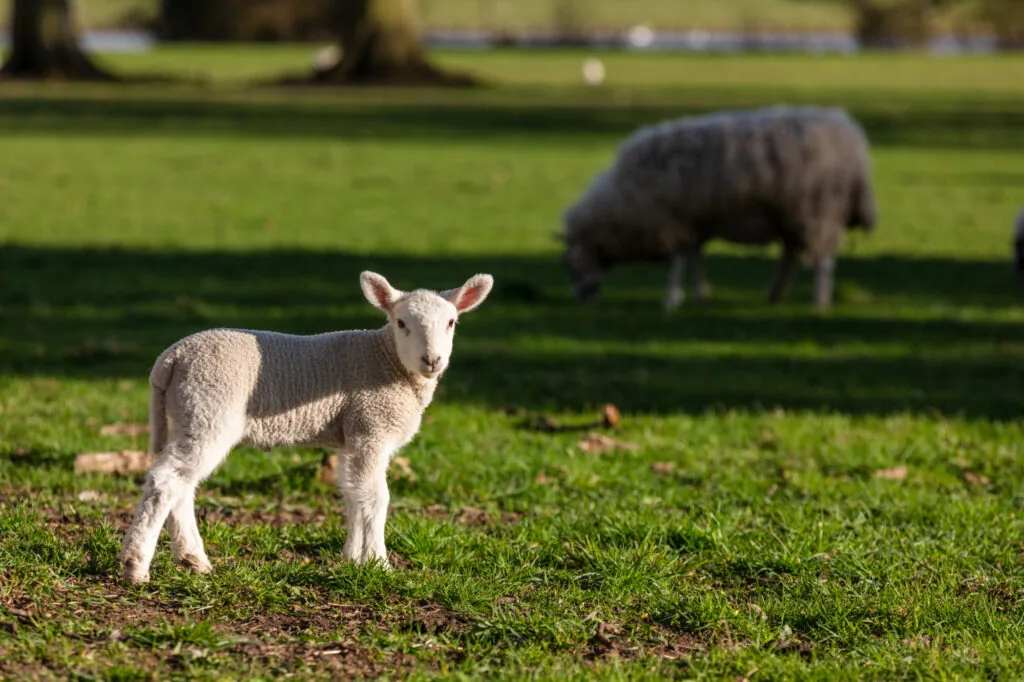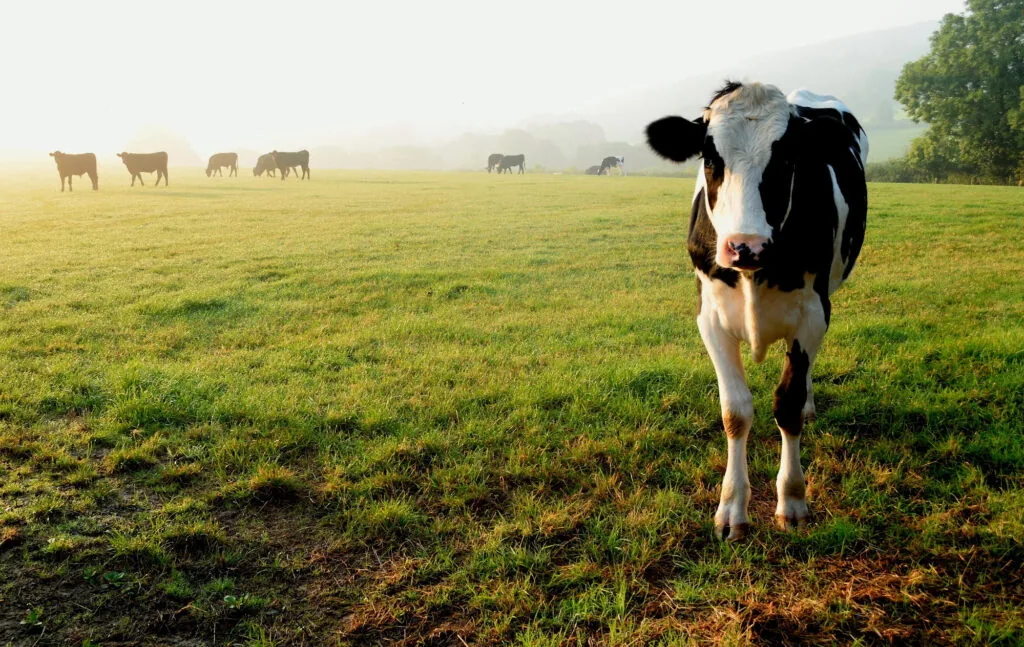
Agricultural Holdings Act Succession – What you Need to Know

4 min read
By Edward Venmore Succession planning is important and relevant to all businesses.
The issues around succession and succession rights are particularly important in agriculture. For tenants of agricultural holdings, ensuring the farm can be passed on to the next generation is likely to be hugely important, particularly when it is the family home. For landlords, Agricultural Holdings Act tenancies can tie up an asset and depress its value for many decades. There are also important tax issues to consider on both sides, particularly from a landlord's perspective with inheritance tax planning and the availability of Agricultural Property Relief.
The Agricultural Holdings Act 1986 ("the AHA 1986") is in many ways an outdated piece of legislation but it still provides the statutory framework for succession to a AHA tenancy.
To be an AHA tenancy, the tenancy must have started before 1 September 1995. The right to succession in the legislation mean that these tenancies will be around for many decades to come.
For both tenants and landlords, it is important to understand the rules relating to succession under the AHA 1986 and to plan accordingly. Here are some of the key points to bear in mind.
Succession on the death of the tenant
On the death of a tenant, anyone wanting to take on the tenancy must apply to the First Tier Property Tribunal ("the Tribunal"). Applicants and landlords must take into account a number of key points:The original tenancy should normally have commenced before 12 July 1984There can only be two successionsIn order to succeed the applicant must satisfy the Tribunal that he is eligible, suitable and that there is no other reason why a fair and reasonable landlord should not be able to insist on possessionAny application to the Tribunal must be made within three months following the date of death. This deadline is an absolute one which cannot be variedLandlords should serve the relevant 'Notice to Quit' within 3 months of being notified of the tenant's death. That stops the tenancy just remaining in the deceased tenant's Estate
The question of an applicant's suitability involves consideration by the Tribunal of a range of obvious issues; for example the applicant's training, practical experience, age, health and finances.
To be eligible, the applicant must be a close relative of the deceased. Those qualifying include spouse, partner, brother, sister, father of the tenant or someone treated as a child of the family by the tenant. The applicant must show that in the last seven years of the deceased tenant's life, they derived their only, or principal source of livelihood from their agricultural work on the holding or an agricultural unit, of which the holding forms part. The legislation provides for the difficulties an applicant might face by allowing those that do not meet the livelihood test to only satisfy it to a "material extent". This often means that the livelihood test is a contentious area in a succession application but one where an applicant has a far easier job in succeeding, than the wording of the legislation suggests on a first reading.
For the family of a tenant who expects to make a succession application on the tenant's death, considering the issues around the "livelihood" test should already be a part of their routine business planning. It is not something which should be left and only considered on the death of the tenant. To have a strong succession application, an applicant should plan ahead.
An applicant must not be an occupant of a commercial unit of agricultural land. A commercial unit is a unit of agricultural land, which when competently farmed, is capable of producing a net annual income, of not less than the aggregate of the average annual earning of two full time agricultural workers aged 20 or over. The commercial unit provisions are complex. However in brief, when considering the test, the Tribunal must first work out what land should be treated as part of the commercial unit. They will consider what is competent farming practice on the unit and then the relevant regulations to consider the annual income.
The final question the Tribunal will consider if a Notice to Quit has been served is whether it is fair and reasonable for a landlord to insist on possession. In reality there is only one issue which comes up, and that is an argument by the landlord about greater hardship being caused to them. This is not an easy test for a landlord to satisfy.
Succession on retirement
It is possible for a tenant to retire (though not that common in farming families!). They must be at least 65 years old or permanently physically/mentally incapacitated. They do so by serving a retirement notice. An applicant for succession in this scenario faces a more difficult process. Unlike the rules on death, there is no ability for them to ask to be treated as eligible. They have to satisfy the livelihood test. In addition, if the application fails they cannot try again on the death of the tenant.
In practice, most tenants and their potential successors choose to leave the question of succession until the tenant's death because the rules are easier to satisfy. However, there is no reason why in the later years of life a tenant should not speak to their landlord and have a sensible dialogue about their family's plans for succession.
It is possible to agree a succession without an application to the Tribunal. Landlords should also actively consider the issues around their tenant's successor as part of their own planning, particularly with regards to inheritance tax planning – a topic for another article!
Get in touch to learn more
For more information and legal advice on succession planning for farm businesses and agricultural holdings contact our Farms, Estates & Rural Land team via our contact page.





















